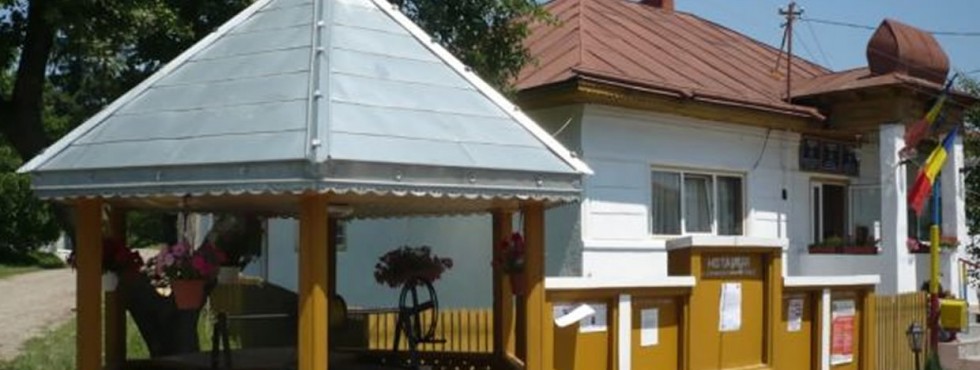Istoric
O legenda auzita in 1894 de la un batran de peste 100 de ani explica astfel denumirea satului:
De peste cinci – sase veacuri traiau pe aici tatarii. Cei veniti de peste munte (din Ardeal) i-au alungat pe tatari, nemairamand decat o femeie care se casatori cu un rus, iar lor li s-a zis “tatarusi”, fiindca erau neam de tatari si rusi. Samanta lor s-a pierdut, dar numele satului a ramas Tatarusi.
Alta legenda a fost culeasa de Serafim Ionescu in 1894 de la mos Toader al lui Vasile care avea 105 ani. Demult, prin bungetele padurilor de la Tatarusi se ascundeau niste talhari ” intr-un loc mai inalt”. In zilele de sarbatoare, acestia se napusteau, mascati, asupra horelor din sat si furau fetele frumoase. Pentru a le feri de acestia, batranii le spuneau celor mici ca in paduri traiesc niste zmei rai care au niste curti. De atunci, locul se numeste “Curtile Zmeilor”, mai ales ca acolo sunt niste grote care ar fi putut servi ca adapost dar foarte bine ar putea fi un tunel care face legatura cu Manastirea Probota.
Curtile Zmeilor au fost folosite si ca punct de observatie. Se aprindea focul pentru a se anunta navaliri pentru Valea Moldovei si Valea Siretului.
Pe Mosia Turbata a avut loc in 1565 Rascoala Turbatenilor atestata de Nicolae Iorga. In momentul schimbarii capitalei de la Suceava la Iasi, pe timpul celei de-a doua domnii a lui Lapusneanu, convoiul cu bogatii a fost atacat si din aceasta cauza toti locuitorii au fost spanzurati. Unul singur a scapat Ilie Gramada.
_______________
A legend heard in 1894 from an aged man more than 100 years old explains the name of the village:
More than, five – six centuries ago Tatars lived here. Those coming over the mountain (from Ardeal) drove out the Tartars, the only remaining a woman who married a Russian, and said they were “tatarusi” because they were people of Tatars and Russians. Their seed was lost, but the name of the village remained Tatarusi.
Another story was picked up by Serafim Ionescu in 1894 from the old man Toader of Vasile who was 105 years old. Long ago, through the Tatarusi forests some robbers were hiding “in a high place.” During holidays, they were hurtling, masked, over the village dances and stole the beautiful girls. In order to guard against them, the elders told the children that in the woods live some evil dragons that have some courtyards. Since then, the place is called “Curtile Zmeilor”/Dragons Courts, especially since there are some caves that could serve as shelter but may very well could be a tunnel that connects the monastery Probota.
“Curtile Zmeilor” were also used as an observation point. They light a fire to announce invasions for Moldova and Siret Valley.
On the Turbata estate in 1565 took place the Turbatenilor uprising confirmed by Nicolae Iorga. During the change of the capital from Suceava to Iasi, in the time of the second reign of Lapusneanu, the convoy with riches was attacked and that is why all the people were hanged. Only one escaped, Ilie Gramada.






